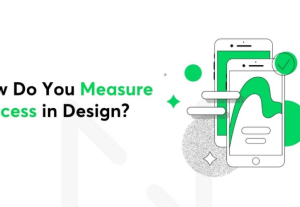- Customer Experience, Design, Design Theory, Usability, UX Education, UX Magazine
The true definition of success for every designer is in the satisfaction of your customer and testimonials of its impact on their end-users. Here are 2 primary methods you can use to measure your success as a designer.
Article by John Olarinde
How To Measure Success as a Designer?
- John Olarinde suggests 2 primary methods to measure designers’ success:
- Net Promoter Score (NPS)
- Google’s HEART Framework
- NPS measures customer satisfaction through three metrics:
- Promoters
- Passives
- Critics
- The HEART framework aims at measuring user experience on a large scale with the following five categories:
- Happiness (the way people feel about your product)
- Engagement (the way people use your product)
- Adoption (this metric focuses on the increase in product adoption, i.e., the acquisition of new users)
- Retention (this category deals with the number of users returning to use the product)
- Task Success (the number of complete actions is an important metric)
- In order to measure the success of the design, you need to put into consideration the level of stakeholder’s satisfaction as well as the time taken to design and implement the product without any additional costs and time overruns
Share:How To Measure Success as a Designer?
Share this link
- March 22, 2022
4 min read







